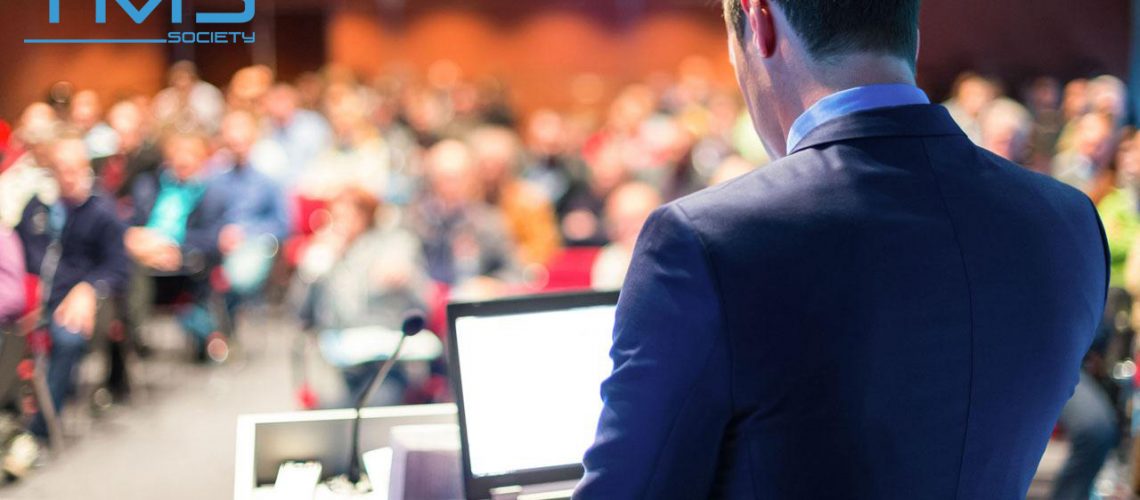By: Dr. W. Scott West, Medical Director, Nashville NeuroCare Therapy
I enjoyed attending the Clinical TMS Society’s (CTMSS) 9th Annual Meeting in West Palm Beach, Florida, June 10 – 12, 2021. This event brings together TMS providers and researchers from around the globe to share research and advances in TMS Therapy for depression and other treatment applications.
The 2021 meeting hosted more than 600 attendees. This article provides a recap of 14 presentations that I found compelling, and I believe you will also find insightful and motivating.
Presentation #1
Outcomes Registry Data—Overall Efficacy and Comparison of Dash v. Standard
Presented by Harold Sackeim, MD
- TMS in routine clinical practice was more effective than in original sham-controlled trials.
- TMS in this real-world observational study compared favorably with the STAR*D study, which looked at the sequential use of antidepressants and psychotherapy.
- The registry results indicate a better outcome with a higher number of pulses age (except over 80) and in females.
- There is no significant difference between the 37-minute 30-second treatment and the 18-minute 45-second treatment.
Presentation #2
TMS in the Study and Treatment of Addiction: From Basic Studies to FDA Clearance
Presented by: Abraham Zangen, PhD
- There is evidence that stimulation of the prefrontal cortex and/or insula reduces craving and consumption of nicotine, alcohol, and cocaine, and there is promise that this could include heroin, methamphetamine, and marihuana. More research is needed.
Presentation #3
The Evolving Evidence Base for TMS in Bipolar Depression
Presented by: Scott Aaronson, MD
There is evidence that TMS benefits depression associated with bipolar disorder, but so does sham treatment. There are efforts to better understand the differences between major depressive disorder and depression in bipolar disorder and if there might be better TMS strategies to use.
Presentation #4
Transcranial Magnetic Stimulation for Pain, Headache and Comorbid Depression
Presented by: Albert Leung, MD
There is strong evidence that supports the use of TMS for neuropathic pain conditions, post-concussive headache, and pain with comorbid depression, which may have long-term cost-saving benefits.
Presentation #5
Maintenance Therapy Approaches for MDD Patients Who Responded to TMS
Presented by: Linda Carpenter, MD
TMS is effective, and patients who respond may eventually relapse. The best method of preventing relapse is not known. A personalized, data-driven approach would be ideal. New technologies must be leveraged for optimal assessment of symptom return and retreatment outcomes. Prospective randomized trials will be needed to prove that any regimen is better/more cost-effective than the status quo. Current clinical practice should follow protocols with published evidence to support their efficacy.
Presentation #6
Dangerous Assumptions and False Conclusions: Utilizing Research to Inform Clinical Practice
Presented by: Andy Kozel, MD
Using evidence-based treatments is crucial for the well-being of our patients. Study design determines the strength and weakness of data—replication of studies is critical. Be vigilant for advances but cautious about adopting new options to offer our patients.
Presentation #7
Stanford Accelerated Intelligent Neuromodulation Therapy for Treatment-Resistant Depression (SAINT-TRD): Results from a Randomized Controlled Trial
Presented by: Nolan Williams, MD
We have first-generation TMS stimulation parameters based on the FDA clearance. We now have second-generation parameters based on theta-burst stimulation (iTBS), which was found to be not inferior to standard TMS. The Stanford Accelerated Intelligent Neuromodulation Therapy (SAINT) study used iTBS ten times a day for five days in severely ill hospitalized patients using functional MRI guidance for targeting. 19 of 21 patients were in remission at the end of the treatment week. Dr. Williams cautioned that we should await FDA clearance before proceeding with this protocol.
Presentation #8
TMS for the Treatment of PTSD
Presented by: Aron Tendler, MD
There is an improvement with PTSD symptoms with TMS and with sham leading to optimism, but the need for more research.
Presentation #9
Providing Esketamine Nasal Spray in a TMS Clinic
Presented by: David Dunner, MD, FACPsych
Dr. Dunner moderated a discussion about how to best use the combination of TMS and esketamine, both cleared by the FDA to treat depression and which appear to work by different mechanisms. There is no research using them together, but it makes clinical sense to see if there are synergies.
Presentation #10
Taking the Guesswork Out of Stepped-Care: Biomarker-Based Stratification to rTMS and Antidepressants
Presented by: Martijn Arns, PhD
There is emerging evidence that EEG-based treatment stratification will help take the guesswork out of treatment as usual. There is evidence that neurocardiac guided TMS will find the optimal treatment site with TMS.
Presentation #11
TMS Technician Best Practices Panel
Moderated by Linda Carpenter, MD and Michelle Cochran, MD
Panelists: Kayla Evans, Eric Tirrell, Holly Bazarian-Chestine, and Alex Engelbersten
All of us involved in TMS know how important the TMS technician is in patient care. They have a significant role in risk management, goal setting, ongoing management, and documentation and are vital to a positive patient experience.
Presentation #12
Outcomes Registry Data—Comparison of Left Side v. Bilateral Treatment Outcomes
Presented by: Harold Sackeim, MD and Scott Aronson, MD
Both left-only and bilateral TMS treatments are highly effective in self and clinician ratings. There is no evidence that one is superior to the other.
Presentation #13
Brain Stimulation Interventions for Mood Disorders: Innovations and Future Directions
Presented by: Harold Sackeim, MD
Dr. Sackeim gave a review of the field of neuroscience and therapeutics and indicated there were nearly 5,000 papers published in 2019 involving these technologies. We continue to look at how to do it better and see movement with intracerebroventricular drug delivery, ultrasound brain stimulation. This is now with a background of the powerful results of the outcomes registry published last year, which looked at a registry of over 7,000 patients treated with TMS and over 2,000 treated with the FDA cleared protocol and had rating scales. This found that 68.9% of these patients responded.
Presentation #14
Recent Advances in TMS for Adolescents and Young Adults
Presented by: Paul Croarkin, DO
TMS continues to be researched in the adolescent population. Studies show benefit and also benefit with sham treatment. Efforts are underway to determine if there are differences in depression in this population and also in populations of suicidal patients, autism spectrum disorder, and Tourette syndrome.


